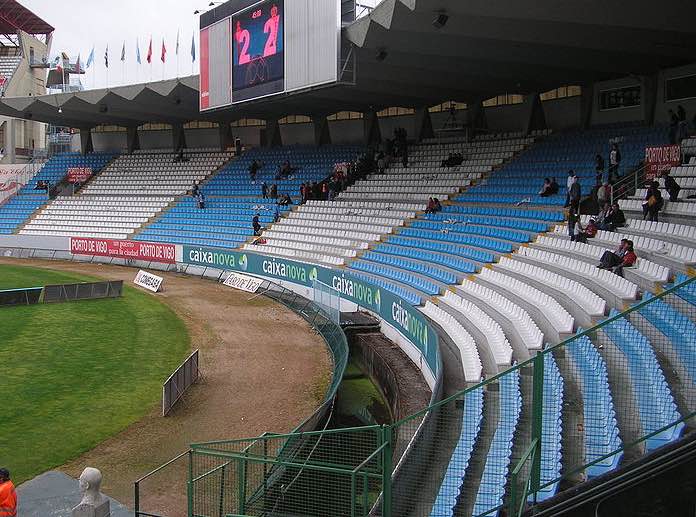Balaídos: Celta Vigo
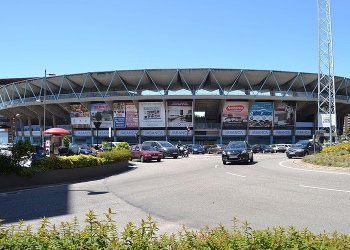
By Roi González Villa (Vivaelcelta) (Own work) [CC BY-SA 4.0], via Wikimedia Commons
Estadio Municipal de Balaídos, or Balaídos Municipal Stadium in English, is the home of Real Club Celta de Vigo and is more commonly known simply as Balaídos, or Abanca-Balaídos for sponsorship. Similarly, Celta de Vigo or often referred to without the ‘de’ or even just as Celta. The club was formed in 1923 and plans to open a purpose-built stadium began to take shape in 1925, though it wouldn’t open for another three years.
The ground is located on the Avenida Balaídos in the Coia district of the city of Vigo. When it opened its doors for the first time it was blessed by Father Faustino Ande, the archpriest of Fragoso. The blessing hasn’t done a whole heap to help the team, however. To date they’ve never won the Spanish top-flight, nor have they been victorious in the Copa del Rey – despite having reached the competition’s final on three separate occasions.
Stats
| Balaídos Stats | |
|---|---|
| Year Opened | 1928 |
| Capacity | 24870 |
| Average Attendance | 20039 |
| Record Attendance | 45000 (Celta Vigo v Getafe (1982)) |
| Pitch Size | 105 x 68 (7140) |
| Nickname | Balaídos |
| Owner | Concello de Vigo |
| Clubs Hosted | Celta Vigo |
| First Fixture | Celta Vigo v Real Unión (30/12/1928) |
| Celta Vigo Stats | |
|---|---|
| Year Founded | 1923 |
| Nickname | Célticos (The Celts/Celtics), Celestes (The Sky Blues), Celtiñas (The Little Celta) |
| Club Mascot | Celestino |
| Rivals | Deportivo de La Coruña |
| Kit | Light Blue & White (Home) / Red & White (Away) |
| Training Ground | Instalacións Deportivas da Madroa |
| Shirt Sponsor | Estrella Galicia |
| Team Owner | Grupo Corporativo Ges, S.L |
| Record Goalscorer | Iago Aspas (206) |
| Record Appearances | Iago Aspas (496) |
Balaídos Photos
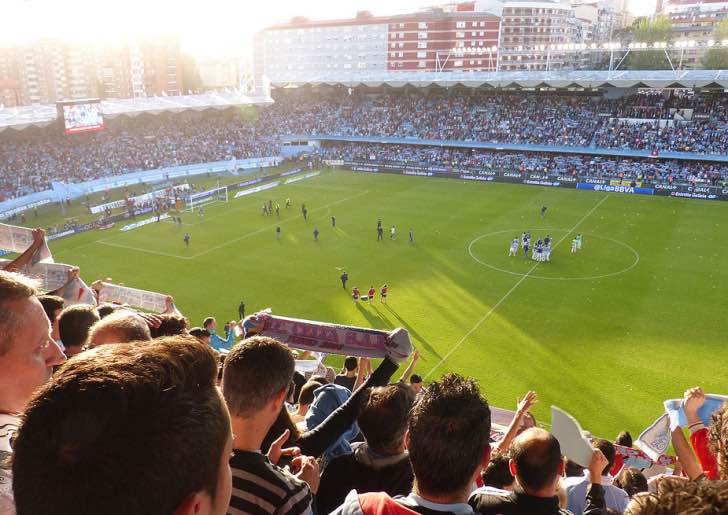
By juantiagues from Pontevedra
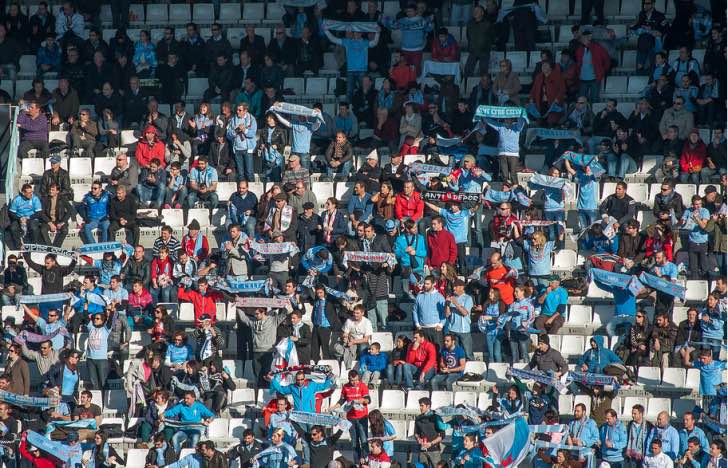
GRodal / Flickr.com
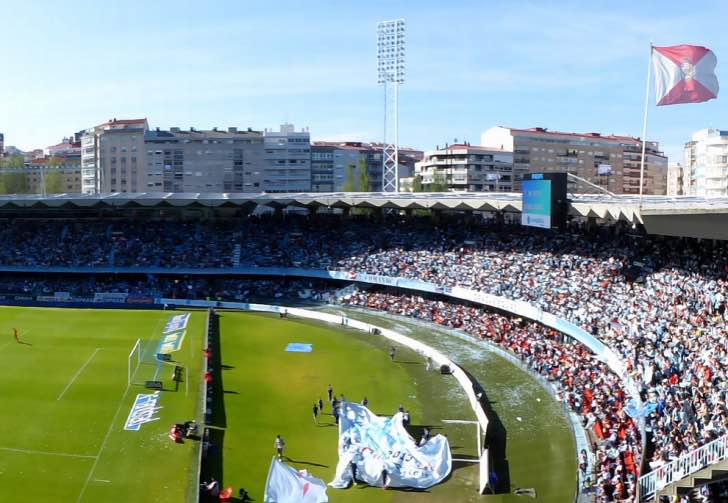
juantiagues / Flickr.com
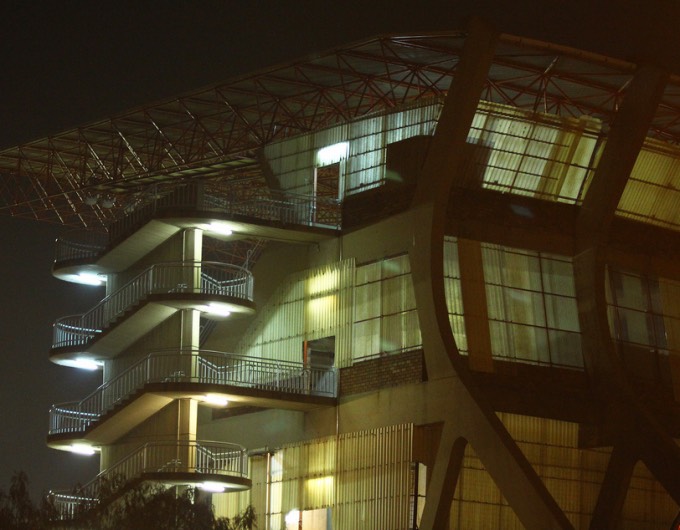
Contando Estrelas / Flickr.com
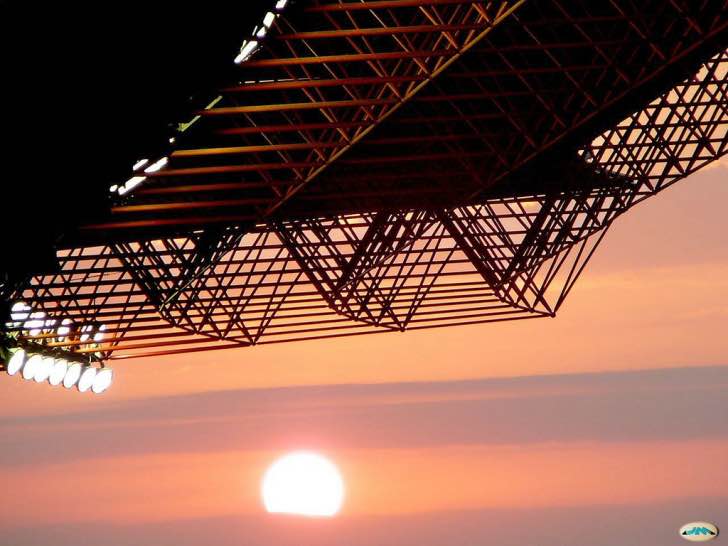
juantiagues / Flickr.com
Balaídos Seating Plan and Where to Sit
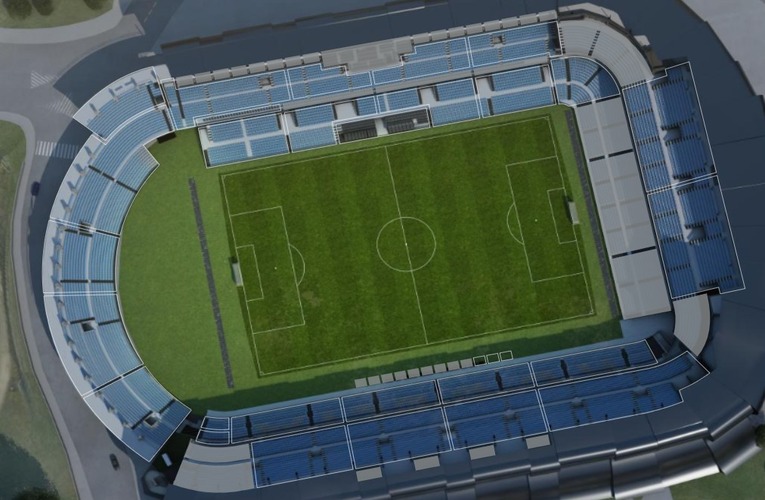
It’s common for European stadia to have a bowl design to their seating plan, with Balaídos being no exception. There are four stands known as the Tribuna, which runs along one side of the pitch, Rio along the other, Marcador behind the Eastern goal and the Gol End in the West. The goal-end stands are single-tiered, whilst the ones that run along the edge of the pitch both have two tiers.
Celta Vigo Ticket Prices
The cost of tickets for top-flight games in any country tend to vary depending on where you sit and how old you are. If you’re hoping to go behind the goal at the Balaídos, for example, then you’ll likely be asked to pay about €20. In the main stand that runs along the side of the pitch then you’ll be looking at a cost of up to €80.
How To Get Celta Vigo Tickets
As with most decent teams you can buy tickets online; in fact that’s probably the best place to go to pick tickets up. You can also get them from official club shops in the city and from the Taquillas, or ticket windows, at the stadium itself.
Where to Buy
Getting To Balaídos
Train – You can get a train to Vigo, but it will take you the best part of a day and a half. You’ll head to Paris Gare du Nord before swapping to Montparnasse in order to get a train to Irún. From Irún you’ll be going to Vitoria – Gasteiz then on to Ourense-Empalme before finally making your way to Vigo Guixar Train Station. There are no train stations close to the stadium, though, so you’ll have to get there by alternative methods.
Bus – Bus numbers 1, 2 and 4 as well as the L9A will all take you from the central station to close to the stadium.
Car – The Balaídos is surrounded by the Rúa de Citroën, the Rúa Val Miñor and is not far from the end of the VG-20.
By Air – Vigo-Peinador Airport is about fifteen miles from the centre of town and is the closest airport by some distance. The next nearest is Santiago de Compostela Airport, but that’s just shy of one hundred miles away.
Taxi – A taxi from Vigo Guixar Train Station to the ground will take about fifteen minutes and will cost just shy of €20.
Parking Near Balaídos
Parking near the stadium is tricky, so if you’re going to drive you are best parking in the centre and making your way out to the ground on public transport.
Useful Resources
Balaídos Hotels
This part of Spain isn’t exactly a tourist hotspot, but there are still plenty of places to stay.

Hesperia Vigo - £30+

Hotel Coia de Vigo - £50+
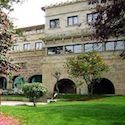
Pazo Los Escudos Hotel And Spa Resort - £80+
Pubs and Bars Near Balaídos
It’s actually a bit of a struggle to find a decent bar near the Balaidos. There are a few around, but the choice isn’t exactly brilliant. Still, if you need a drink then one of these places will be able to sell you one.
Bar Okey
El Encuentro
Cafetería Gran Sol
Hospitality
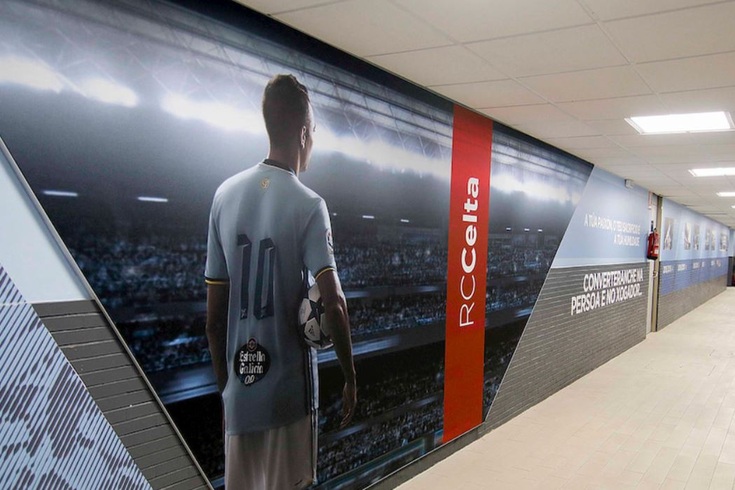
There is limited information regarding hospitality at the Balaídos, but it’s fair to say that there are numerous options for you depending on the level of service that you expect from your experience. It won’t be the sort of thing you’re used to from the likes of Camp Nou or the Santiago Bernabéu, but it will be good enough.
Private Hire
Much like with the hospitality there’s not a whole heap of information regarding private hire options of the Balaídos. If you can speak fluent Spanish, though, you’ll doubtless be able to work something out with the club if hiring the venue matters to you.
Stadium Tours & Museum
There is no museum at the stadium but you can do a tour for €15.
About Celta Vigo
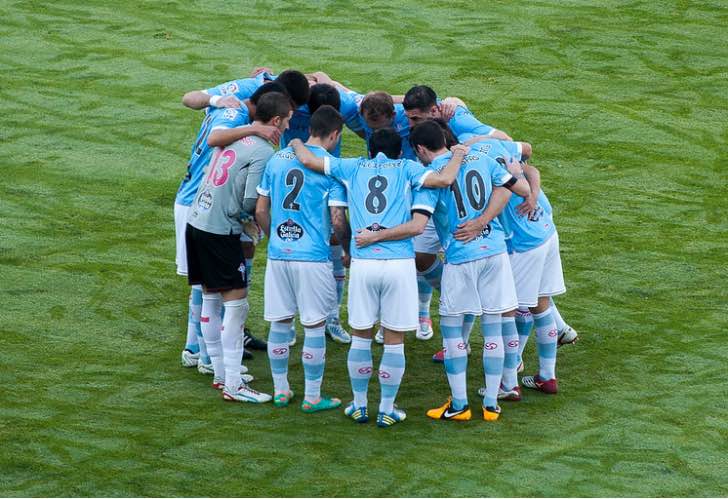
Real Club Celta de Vigo was formed on the 23rd of August, 1923. It was actually a merger of two different Spanish teams, Real Vigo Sporting and Real Fortuna Football Club. The club plays its games in light blue shirts and that earned them the nickname Os Celestes, or The Sky Blues. In the 1970-1971 season they went the entire campaign without losing a game at home. Remarkably they still only finished sixth in the league, though they did earn a UEFA Cup place as a result.
The club’s most successful period came between 1997 and 2003. Though they only one won trophy in this time, the UEFA Intertoto Cup in 2000, they did manage to achieve some notable scalps in European competition. They beat Liverpool 4-1 on aggregate in the UEFA Cup in 1998-1999, put four past Juventus in the second-leg of the same competition the following season and also trounced Benfica 7-0 at home that year.
Balaídos History
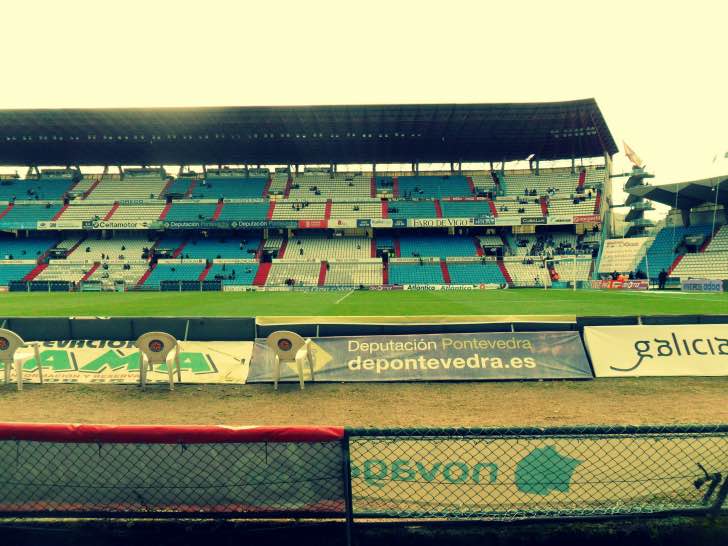
The first stage of the construction of the ground came in September of 1924 when local businessmen came together and bought the land on which it would be built. In 1926, after having invested time and money diverting the river Lagares away from the area they were hoping to build on, they created a company that they named Stadium de Balaídos, S.A. The plan was that this company would complete the construction work that would end in Vigo having its own football stadium.
Celta Vigo supporters would have been forgiven for thinking that the future was likely to be bright for the club. Formed when two teams in the city merged together in order to create a club that could take the fight to the more popular and prevalent Basque sides, they won their first game 7-0 in the stadium against a Basque team called Real Unión. Admittedly the game was only a friendly, with the kick-off completed by Carmen Gregorio-Espino, the daughter of a former mayor.
Future Developments
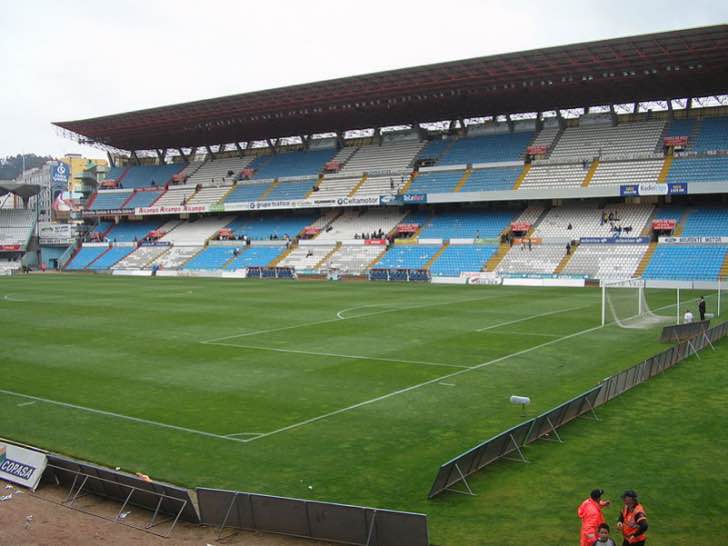
From 2014 though to 2016 a project entitled New Wave was completed at the stadium. This involved the virtual complete reconstruction of the ground, so it’s unlikely that any major developments will be carried out there for some time.

